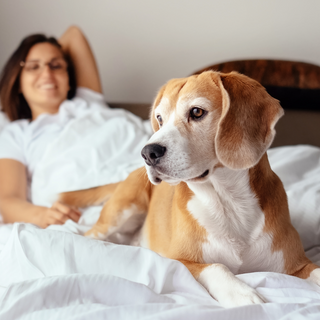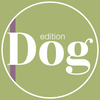First Aid Guide: Wasp Stings
Signs of a Wasp Sting in Dogs
- Pain: Yelping or sudden pawing at the sting site.
- Swelling: Swelling around the sting area.
- Redness: Red, inflamed skin at the sting site.
- Itching: Scratching or licking the sting site.
- Hives: Raised, red welts on the skin.
- Drooling: Excessive salivation, especially if stung in the mouth.
- Vomiting: Nausea or vomiting.
- Breathing Difficulties: Rapid breathing or wheezing, indicating an allergic reaction.
- Weakness: Lethargy or weakness.
- Collapse: Severe reactions can cause collapse.
First Aid Response
- Stay Calm: Keep yourself and your dog calm.
- Remove the Stinger: If visible, scrape it out gently with a credit card or fingernail. Do not use tweezers as this can release more venom.
- Clean the Area: Gently clean the sting site with mild soap and water.
- Apply a Cold Compress: Use a cold pack or wrapped ice to reduce swelling and pain. Apply for 10-15 minutes.
- Baking Soda Paste: Apply a paste of baking soda and water to the sting site to neutralise the venom.
- Prevent Scratching: Discourage your dog from scratching or licking the sting area.
When to Take Your Dog to the Vet
- Multiple Stings: If your dog has been stung multiple times.
- Allergic Reaction: Signs include severe swelling, breathing difficulties, vomiting, or collapse.
- Sting in the Mouth or Throat: Swelling in these areas can obstruct breathing.
- Prolonged Symptoms: If symptoms persist beyond a few hours or worsen.
Treatment by the Vet
- Antihistamines: To reduce allergic reactions and swelling.
- Steroids: For severe allergic reactions to decrease inflammation.
- Pain Relief: Medications to manage pain and discomfort.
- Fluids: Intravenous fluids if the dog is in shock or dehydrated.
- Epinephrine: In cases of anaphylactic shock, epinephrine may be administered.
How to Avoid Wasp Stings
- Avoid Nests: Keep your dog away from known wasp nests and hives.
- Leash Walks: Use a leash in areas where wasps are common to keep your dog close.
- Trash Management: Ensure outdoor trash cans are sealed to avoid attracting wasps.
- Clean Up Food: Do not leave food or sugary drinks outside that may attract wasps.
- Check the Garden: Regularly inspect your yard for wasp nests, especially in hidden areas.
By following these guidelines, you can effectively manage a situation where your dog is stung by a wasp and minimise the risk of it happening in the first place. Always prioritise getting professional veterinary help if there are any signs of severe reaction.

- Choosing a selection results in a full page refresh.


